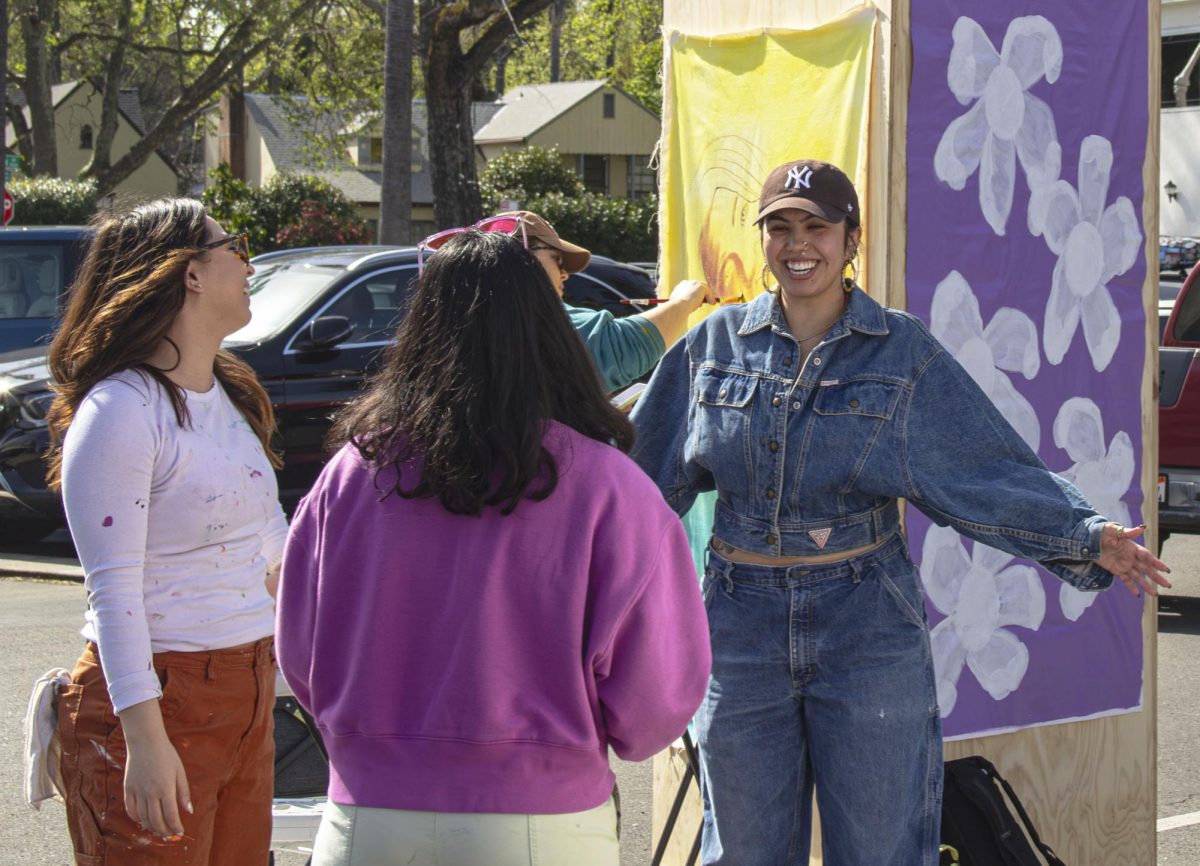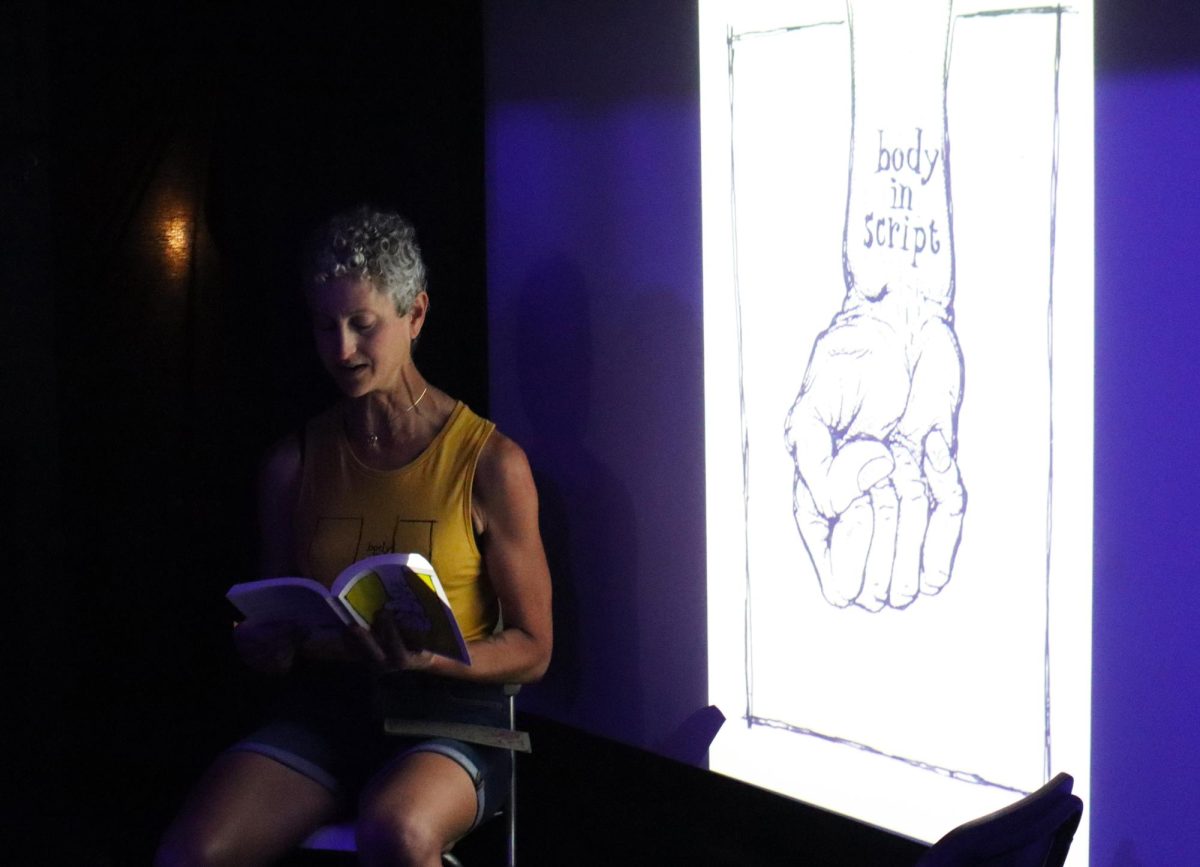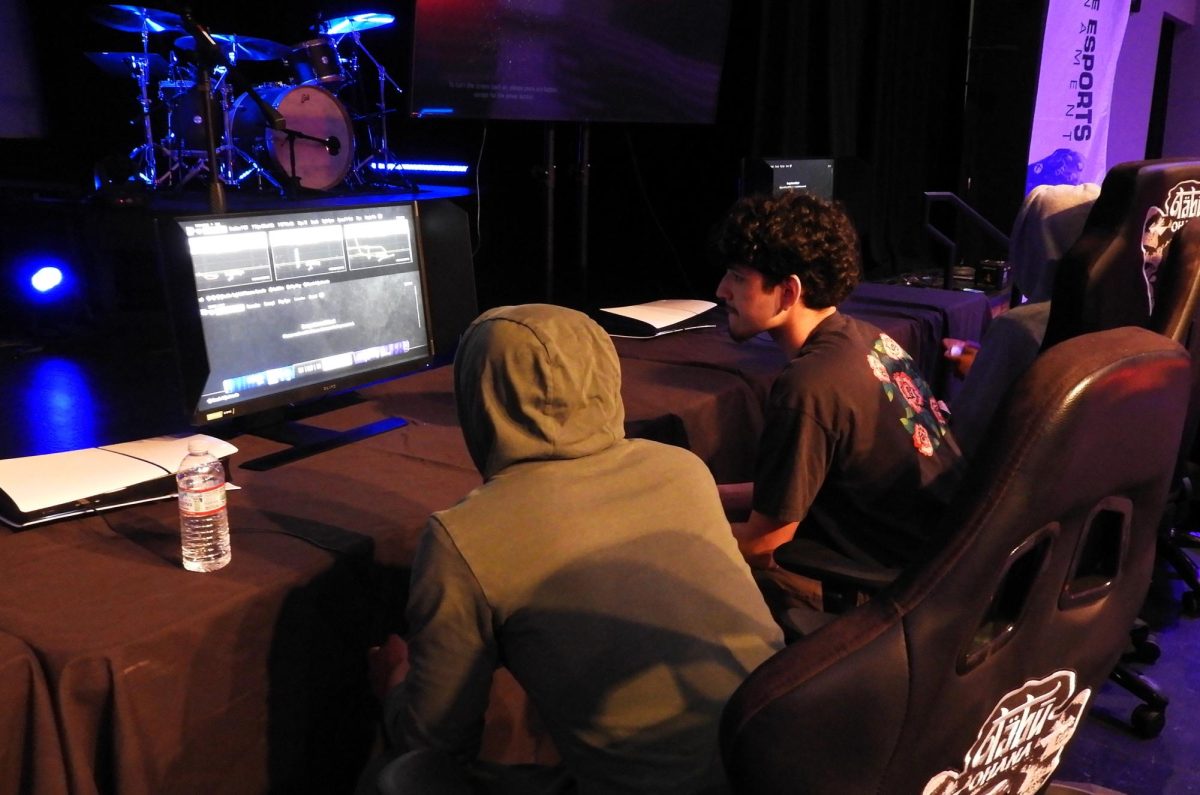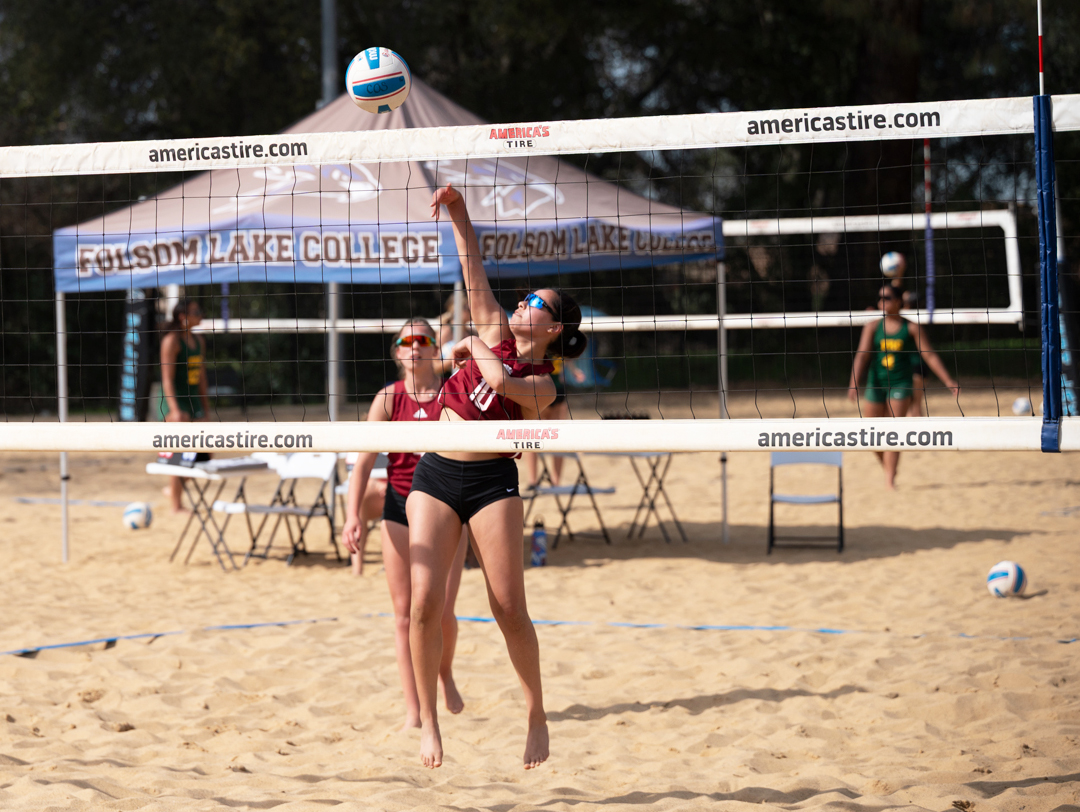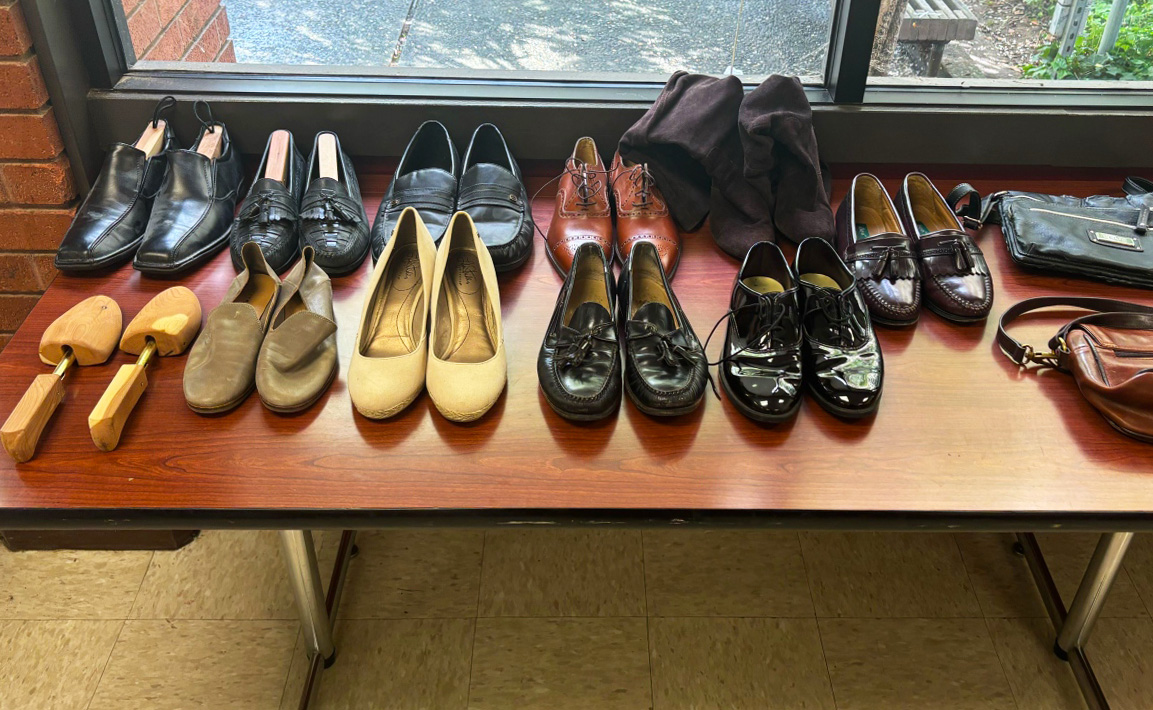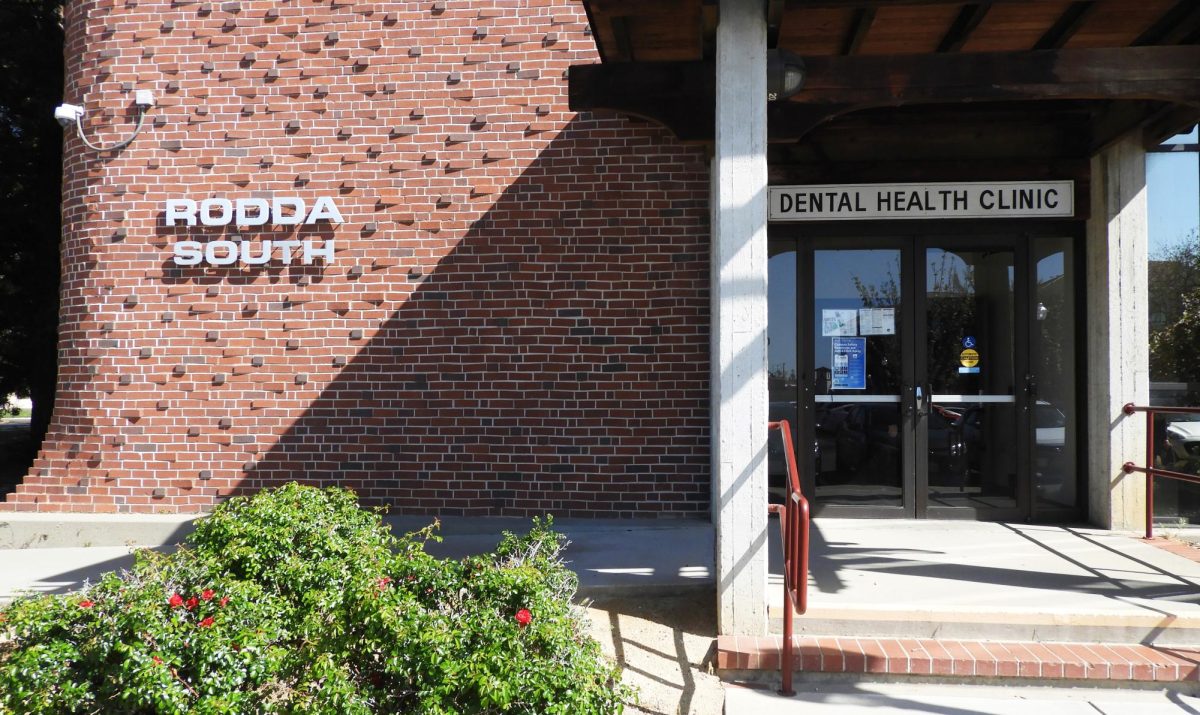
The obstacle of getting the message to students about financial aid options was the topic of roundtable discussion held Feb. 24 at the California Community Colleges Chancellors Office based in downtown Sacramento.
The CCCCO is the sponsor the “I Can Afford College” campaign and organizers of the campaign sought input from the panel about how to best outreach students.
Those invited to the panel included Los Rios Community College Trustee, Deborah Ortiz, writers from the online publication Carmichael Patch, and the Sacramento City Express as well as organizers of the meeting. Mark Kantrowitz, publisher of the two leading college planning websites, fastweb.com and finaid.org listened in via phone and Rick Rams, the dean of student support services at Cypress College moderated the roundtable discussion.
“The hurdles that have always faced a particular segment of the population that we see reflected in the data is even greater now than ever,” said Ortiz, a former state senator and author of Cal Grant Scholarship legislation who now represents City College.
According to Ortiz, Free Application for Federal Student Aid is the “entryway” to all forms of financial aid, including access to Pell grants, Cal grants and the Board of Governors Fee Waiver.
Even though it is past March 2 deadline to turn in FAFSA, there are opportunities year round to get money for education. The notion that it is difficult for students to be eligible for financial aid is a misconception that the statewide campaign, “I Can Afford College,” hopes to turn on its heels.
According to Kantrowitz there are lessons to be learned from for-profit colleges where he explained that their FAFSA completion rates were 95 percent compared to the 43 percent at community colleges.
“To some degree because they [for-profit colleges] are a non-selective institution, when low income students end up at their colleges, it’s an indication that more traditional colleges have not been well-serving these students,” said Kantrowitz.
What they’ve done right according to Kantrowitz is “handholding” students through the FAFSA application. Reid Millburn, campus and community relations manager, pointed out community colleges often do not have the staffing available to walk students through the process, noting the impacted financial aid offices that she had come across.
Social media was mentioned as a new way of reaching students. According to Arie Cross, project manager of the “I Can Afford College” campaign, in the past year they have launched a Facebook page with 718 fans and a Twitter account with 419 followers.
“Facebook is head and shoulders above other media in terms of use to get information about colleges,” said Kantrowitz of his research.
Rick Rams pointed out that some of the student demographic that he has come across don’t have access to social media. These students are often not aware that qualify for aid.
“I think social media serves certain purposes but one of the questions I would raise is does social media trigger the college access, the college decision making, the thought processes for potential students,” said Rams.
According to Kantrowitz, of the 2.3 million students that did not apply for FAFSA that would have qualified for student aid, 1.1 million of those students would have qualified for a full Pell grant. Currently, the maximum Pell grant award is $5,550. However Congress proposed a 15 percent cut for all Pell grant awards Feb. 19. that would cut $845 from the maximum award.
“Bottom line is, as of today, there is money and we really need to remind people that they pay for this [student aid] through their taxes and for us to leave money on the table is shameful,” said Ortiz.
For more information please visit www.icanaffordcollege.org and www.savemypellgrant.com




